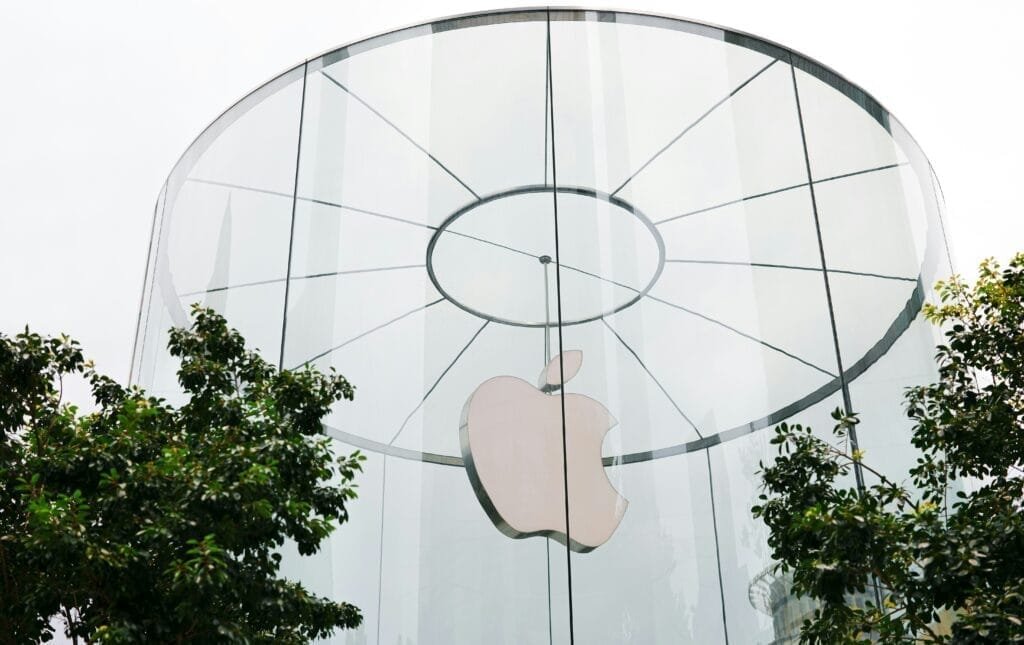Apple’s Historical Transformation:
From a Garage to the World’s Most Valuable Company

Apple’s journey, which began in a small garage in 1976, continues today as one of the world’s most valuable technology companies. Through its innovative designs, user-centric technologies, and strong brand perception, Apple has influenced not only the tech world but also cultural and economic landscapes. In this article, we will examine Apple’s historical transformation from its founding to the present day, its milestones, and the innovations it has brought to the industry.
Founding and Early Years (1976 – 1980)
Apple was founded in California by Steve Jobs, Steve Wozniak, and Ronald Wayne. Its first product, the Apple I, was built in Jobs’ family garage. This computer, which quickly gained attention, is considered the beginning of the personal computer revolution. Subsequently, the Apple II, launched in 1977, became one of the first personal computers with color graphics and played a significant role in the company’s growth.
The Macintosh Era and Innovation (1984 – 1996)
Introduced in 1984, the Macintosh revolutionized the computer world with its graphical user interface and mouse. Apple’s “1984” commercial was etched in memory as one of the most iconic campaigns in tech history. However, during these years, the rapid rise of Microsoft’s Windows operating system narrowed Apple’s market share.
In the mid-1990s, the company faced serious financial crises. In 1997, Apple brought back its co-founder, Steve Jobs, to lead the company. This return marked one of the most critical turning points in Apple’s history.
iMac and Rebirth (1998 – 2006)
With Jobs’s return, Apple focused on innovative design. The iMac G3, introduced in 1998, made a mark on the market with its transparent and colorful design. In 2001, the iPod was introduced, radically changing the music industry. The Apple Store, opened the same year, initiated a new era in technology retail.
By 2006, Apple had transitioned to Intel-powered Mac computers. This strategic decision made the company’s products more powerful and user-friendly.
iPhone and the Mobile Revolution (2007 – 2015)
When Steve Jobs introduced the first iPhone in 2007, the technology world was completely transformed. With its touchscreen, internet browser, and app support, the iPhone became not just a phone but a lifestyle product.
The App Store, launched in 2008, paved the way for the development of millions of applications and the growth of the mobile economy. Alongside the iPhone, products like the iPad (2010) and Apple Watch (2015) expanded the company’s product range.
Apple Today (2016 – Present)
Tim Cook, who took over as CEO after Steve Jobs’s death in 2011, has transformed Apple into a more corporate and sustainable organization.
Today, Apple:
- Holds a leading position in the smartphone market with the iPhone.
- Has a strong presence in the education and business sectors with the MacBook and iPad.
- Is a pioneer in wearable technology with products like the Apple Watch and AirPods.
- Has strengthened its digital ecosystem with services like Apple Music, iCloud, and the App Store.
- Made an ambitious entry into the world of augmented reality with the Apple Vision Pro (2024).
Apple’s Historical Milestones
| Year | Event | Impact |
|---|---|---|
| 1976 | Apple I was introduced | One of the first personal computers |
| 1984 | Macintosh was launched | The graphical user interface revolution |
| 1997 | Steve Jobs returned | The rebirth of the company |
| 2001 | iPod & Apple Store launched | Revolution in music and retail |
| 2007 | iPhone was introduced | A new era in the mobile world |
| 2010 | iPad was introduced | Created the tablet computer market |
| 2015 | Apple Watch was launched | The wearable technology revolution |
| 2024 | Apple Vision Pro announced | Entry into the world of AR/VR |
In Conclusion:
Apple’s historical transformation is not just the growth story of a technology company; it is proof of what can be achieved when innovation, design, and vision come together. The evolution from a simple computer built in a garage to a technology ecosystem that touches the lives of billions today demonstrates the power of Apple’s vision.
While it is difficult to predict what innovations Apple will introduce in the future, looking at its past, we can be sure of one thing: Apple will continue to revolutionize the technology world.
🎧 You can also listen to this article as a podcast (created with NotebookLM).